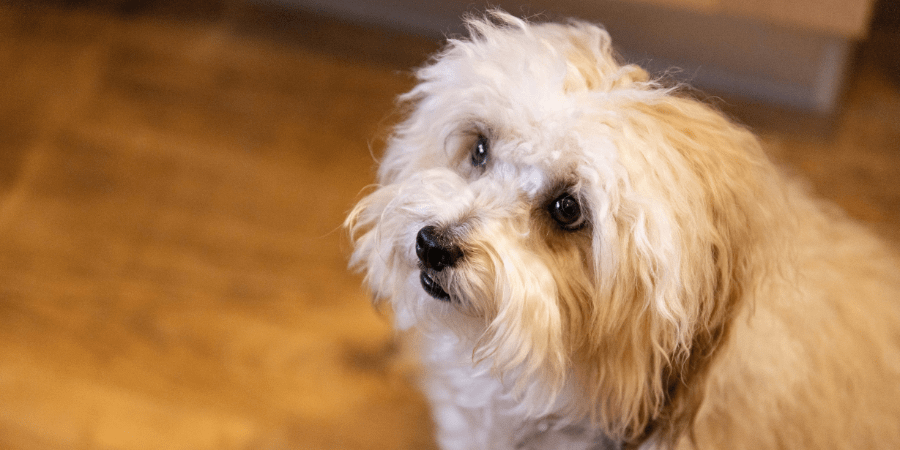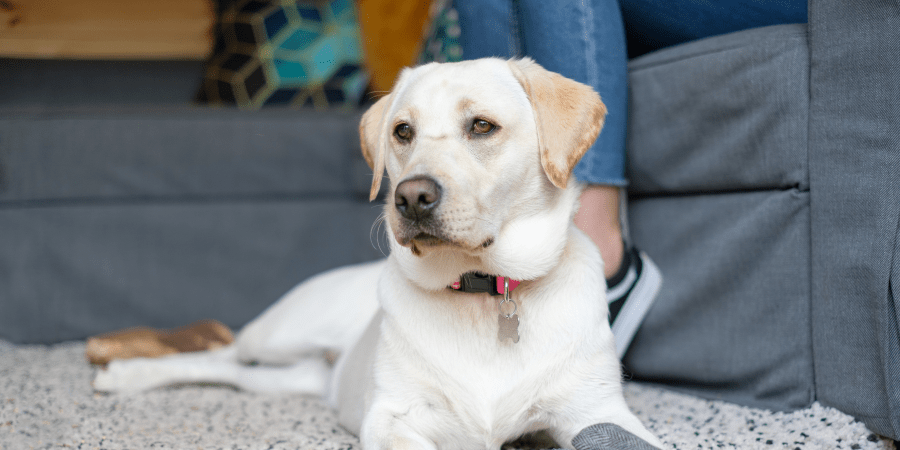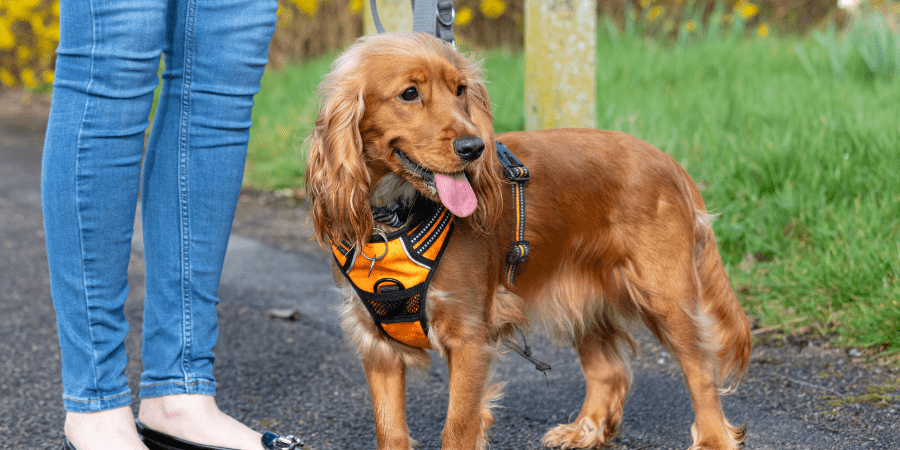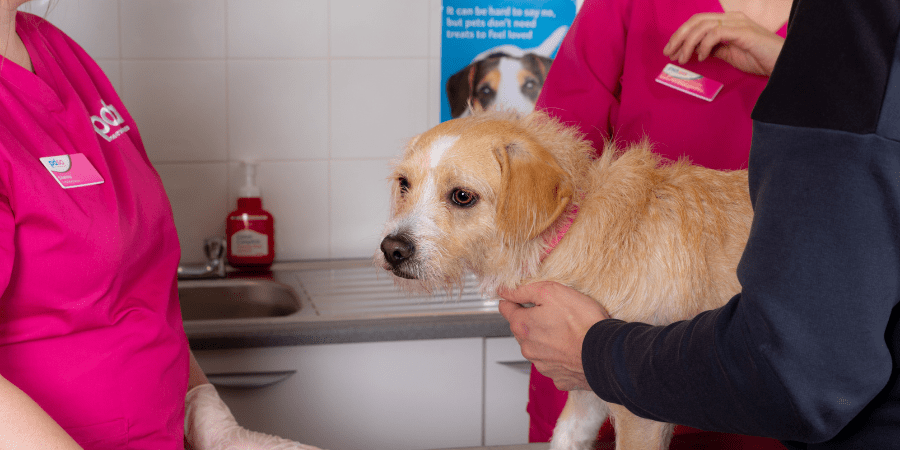The first weeks with your puppy are a wonderful opportunity to socialise with them. In fact, puppies’ brains are most receptive to new experiences at around three to twelve weeks, which makes it all the more important to introduce them to different people, places, and noises at this age, as it will help them grow into well-adjusted dogs. If your dog isn’t used to being left alone, they could be at risk of separation anxiety.
With training and lots of love, your pup will learn to feel secure and happy, even when you're not around. Start here with our vet-approved tips to help your dog feel more comfortable being left alone for short periods.
1. Gradually increase your time away

You can train your dog by gradually increasing the amount of time they are left alone to get them used to it. As with all training, you’ll need to take your time and be patient when teaching your dog how to be calm and relaxed when left alone.
Try leaving them alone for periods of time whilst you are at home. You could spend some time in the garden when they are in the house, take a short walk, or go into a different room. Start by leaving them for a little bit, then build up the time gradually to ease the transition, rewarding calm behaviour throughout the process. You could do this during a short shopping trip to the local supermarket. Give them a small treat upon your return, only once they are calm and showing relaxed behaviour.
It's important to remember that every dog is different, so the amount of time they can be left alone will vary. However, it's generally best to avoid leaving your furry friend for more than four hours at a time.
If you need to be away longer, consider asking a friend, neighbour, or professional pet sitter or dog walker to check in on them. You can find pet sitters and dog walkers through the National Association of Pet Sitters and Dog Walkers.
2. Make sure they have everything they need

Before you go out and leave your dog alone, you should make sure they have access to:
- A safe, comfortable space for them to relax, like a crate or den, where they can’t chew or destroy anything that could injure them.
- Interactive games, such as destruction boxes, puzzles, or enrichment feeders, to keep their minds active and avoid boredom. Check out the PDSA Pet Store for our toy range.
- An old piece of clothing or something else with your scent on to make them more comfortable.
- Chew toys (as long as you can leave them alone with your dog safely).
Make sure they have a chance to go to the toilet before you leave. A dog flap can be a great way to give your furry friend the freedom to go outside for a quick bathroom break. But if a dog flap isn't suitable, you’ll need to make sure that someone will be able to let your dog out regularly for a toilet break.
3. Stay calm
When you come home after leaving your dog alone, be sure to keep calm and relaxed. You don’t want to make a fuss when you leave and return. Staying calm will normalise you leaving the house and avoid any additional stress or anxiety for your pooch.
Shouting at or being angry with your dog when they aren’t behaving the way you want them to can make things worse. Instead, reward them when they are calm and relaxed.
4. Make sure you’ve taken them out beforehand

To ensure your dog is calm and content while you're away, make sure they've had a good, long walk before leaving them alone. This will help them to burn off some energy, tire them out and give them time to go to the toilet.
5. Consult your vet

If you are having trouble helping your dog to be comfortable with time alone, speak to your vet and see what specific advice they can give you. They may recommend a plugin diffuser or a collar that releases natural calming pheromones. Remember that not all solutions are right for your furry friend - each dog is different.
For more advice on preventing separation anxiety, read our guide here.
